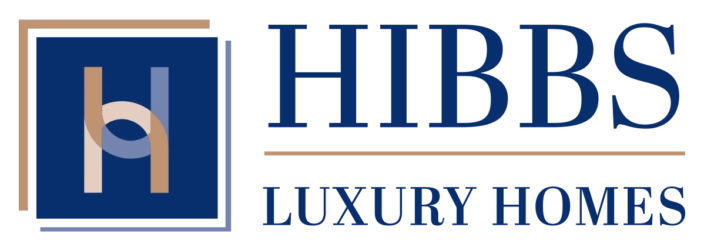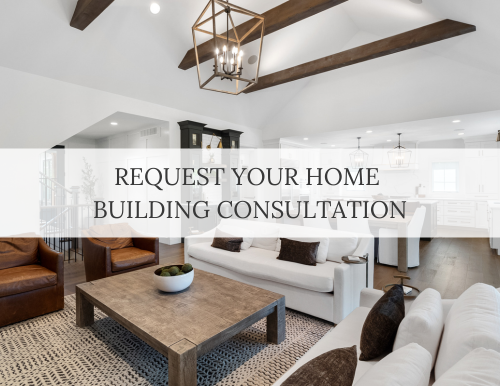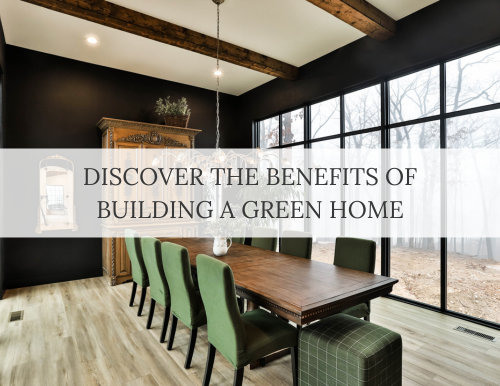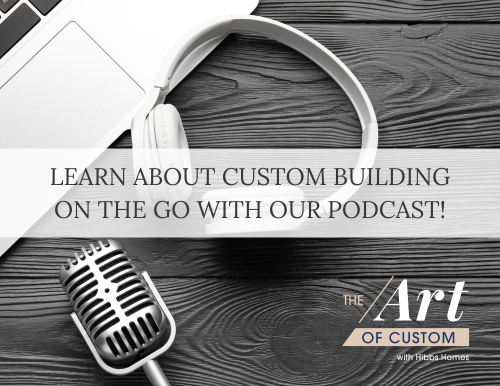Tips for Building Your Custom Home From a Distance
Building From Afar: Managing A Long Distance Relationships with Your Dream Home
How many times have you thought about building your dream home and when you look out the window you're in a spot far-far way?
Maybe your dream home is on the beach or tucked into the mountains, hundreds or thousands of miles from where you are today. But that distance shouldn't make that dream home feel like a pipe dream - if you have to have the right tools to manage a long-distance relationship with your dream home building team!
In this episode, we talk with Kelly Day who is building a home in Park City, UT with our team - all while living across the country and traveling even further away for work.
Kelly and project designer Lydia Huffman from LH Designs join Kim to talk about what they've learned about making the best of a long distance relationship with your dream home. They also share tips to put that dream home far-far away within your reach.
You can read the transcript below, or...
Episode Tool Box:
LINK: See Kelly's Home Design & How Everything Came Together!
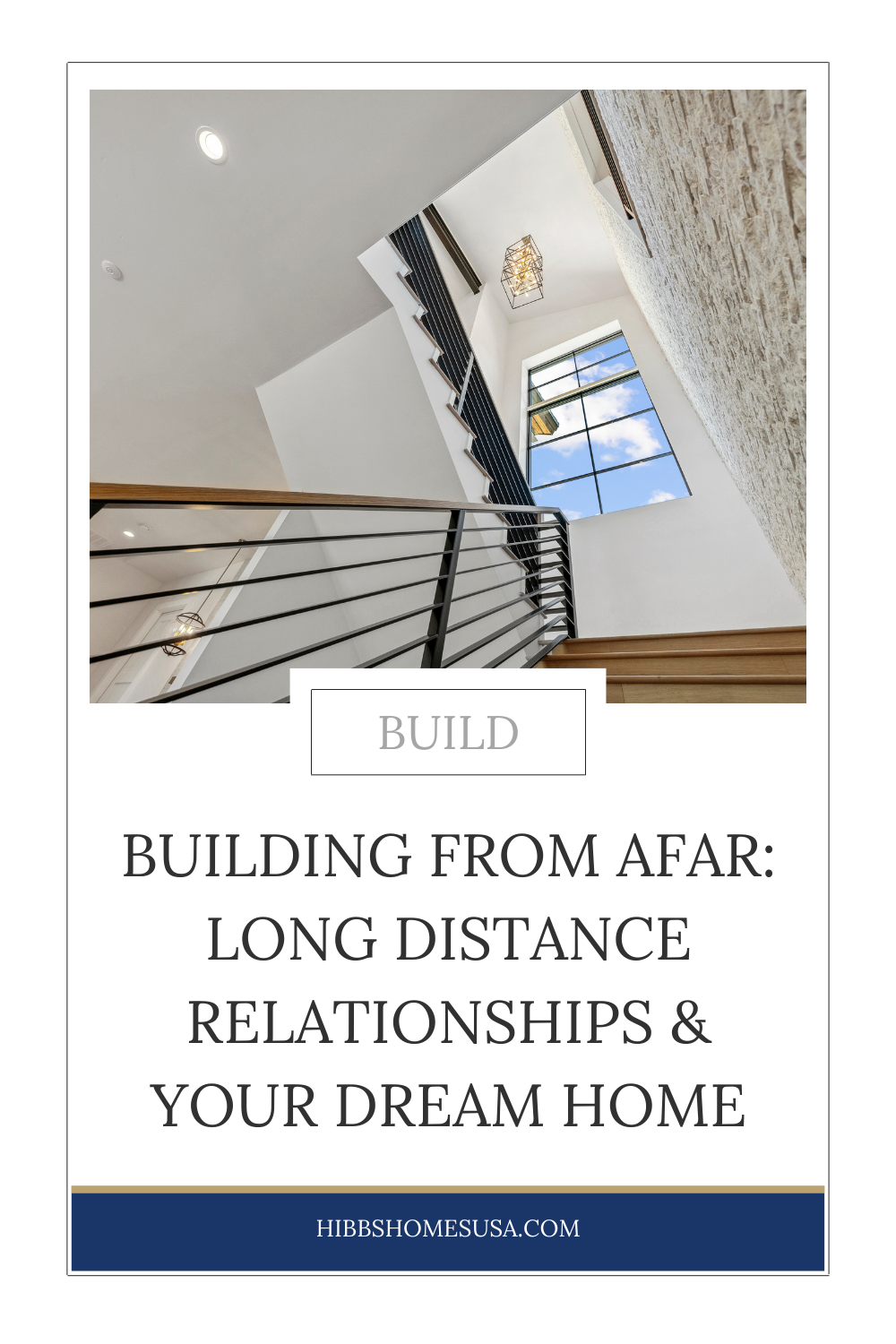
SEASON SIX, EPISODE SEVEN PODCAST TRANSCRIPT
How do you keep a custom build on track when your team—and sometimes you—are in different time zones? In this episode, we talk about long-distance builder/client relationships and how to make them work smoothly with the right process, technology, and trust.
Our guest is Kelly Day, who’s building a Park City vacation home that’s quickly becoming a forever home, joined by designer Lydia Huffman of LH Design.
If you’ve listened for a while, you know we often compare the builder/client relationship to a marriage. Today, we’re talking about what happens when that “marriage” is long-distance and why it can still be a great fit.
Many Park City clients manage their projects from out of state. With more people working remotely, cross-country moves (and builds) are increasingly common. The key to a successful builder: pick partners you trust then align expectations early.
Meet the Guests
- Kelly Day (Client): East-coast based; building in Park City’s SkyRidge community with long-term plans to retire there.
- Lydia Huffman (Designer, LH Design): Seattle-based; specializes in systematized, collaborative design with builders and clients across time zones.
Why the Days Picked Park City to Build
“We’ve vacationed in Park City for about 20 years, skiing in winter, active summers, and a community we love. When we finally decided this would be our retirement spot, it made sense to build the home we want to live in for the rest of our lives.”
Prior Experience: Two spec homes—this is her first fully custom project (land + architect + design team).
Why a Designer Matters
Kelly had strong opinions and inspiration (Pinterest/Houzz) but needed an expert to translate vision into specifications and selections.
- Lydia’s team brings process and systems with a clear “critical path” so builders can price accurately and trades can execute.
- Early builder/designer/client alignment leads to better budgets and smoother decisions.
How the Days Found the Right Builder From Afar
- Start with your realtor for local intel.
- Do online research: follow builders/designers on Instagram to see style and reputation.
- Interview in person: plan a trip, meet several teams, and choose based on trust, communication, and personal fit.
- Remember: this is a multi-year partnership, not a transaction.
Vision to Reality: The Home Layout
“It’s actually even better than I originally envisioned. We chose the lot for its views. Our plan: live primarily on the main floor (kitchen, living, dining), with guest spaces on the lower level so family and friends can gather for holidays. Once the windows went in and we could stand in the rooms, it exceeded expectations.”
Managing a Build Long-Distance
Kelly’s perspective:
- Being a “digital native” made Zoom/email/text natural.
- She values fast answers, clear timelines, and knowing what’s next.
- Detailed schedules reduce overwhelm: “If something isn’t happening until December, I can stop thinking about it now and focus on today’s decisions.”
Lydia’s process:
- Starts with a Vision Meeting (often across multiple time zones).
- Follows a sequenced checklist: exterior + systems → kitchens/baths → interiors, so pricing and selections stay aligned.
- Creates room-by-room boards and documented specs; Kelly supplemented by reviewing manufacturer research and samples at home (“my dining room is my showroom”).
Tools & Technology That Made the Build Easier
- Project management software (e.g., CoConstruct, Buildertrend) to manage approvals, schedules, photo/video updates, and centralized communication.
- Design presentations with itemized selections by room.
- Samples & showrooms: order to your home or visit locally to confirm finishes.
- As-needed FaceTime/Video: real-time decisions when you can’t be on site.
The Power of On-Site Milestones
Even with great tech, plan key site visits: after framing, during MEP (plumbing/electrical/HVAC) walk-throughs, and before finish orders. For instance, Kelly’s framing visit led to quick, on-the-spot cabinet tweaks with the trade partner which saved time and prevented rework.
Advice for Building From Afar
- Be candid. Say what you like and don’t like—this is your home.
- Align on communication style. Daily texts? Weekly summaries? Full Gantt chart? Decide upfront.
- Use the platform. Put questions and approvals in the project system so the whole team sees it and nothing gets lost.
- Plan visits. Bake 3–4 trips into the schedule for critical decisions.
- Trust the process and your team. Systems + transparency = peace of mind.
Long-distance builds work when the team is aligned, the process is clear, and communication is consistent. Kelly’s project is tracking beautifully, and in her words, even better than expected.
OUTRO: For more information visit www.artofcustompodcast.com or find us on Facebook and Linkedin as The Art of Custom. Be sure to subscribe to get the latest episodes and please rate and review. The Art of Custom is produced by HugMonster sound with original music by Adam Frick-Verdeen. Thanks for listening.
